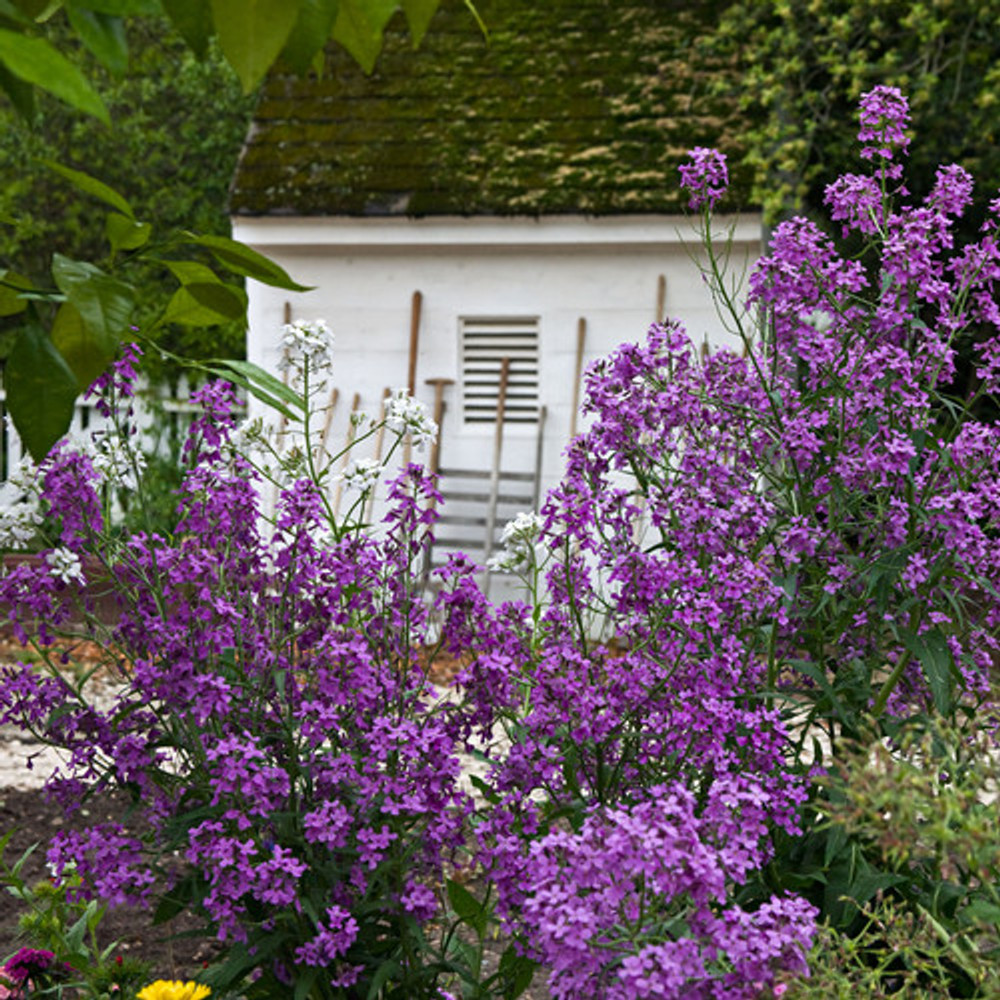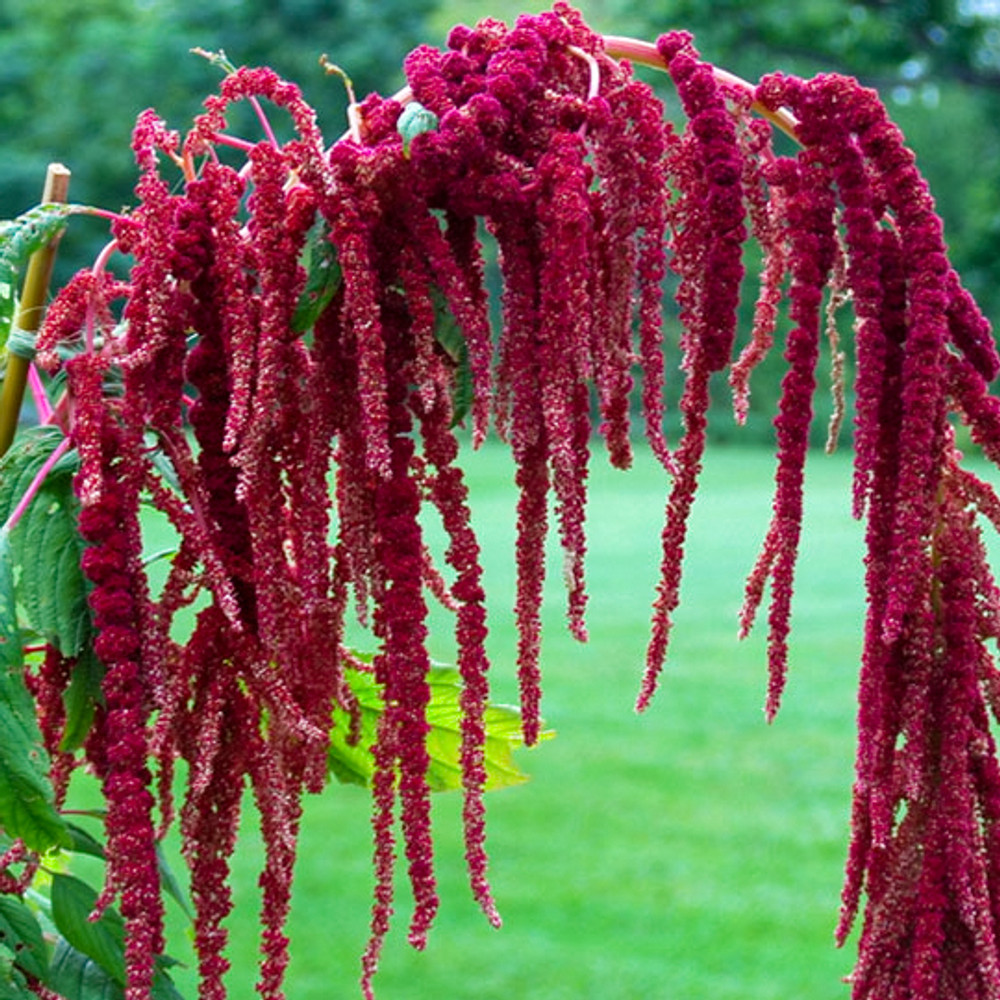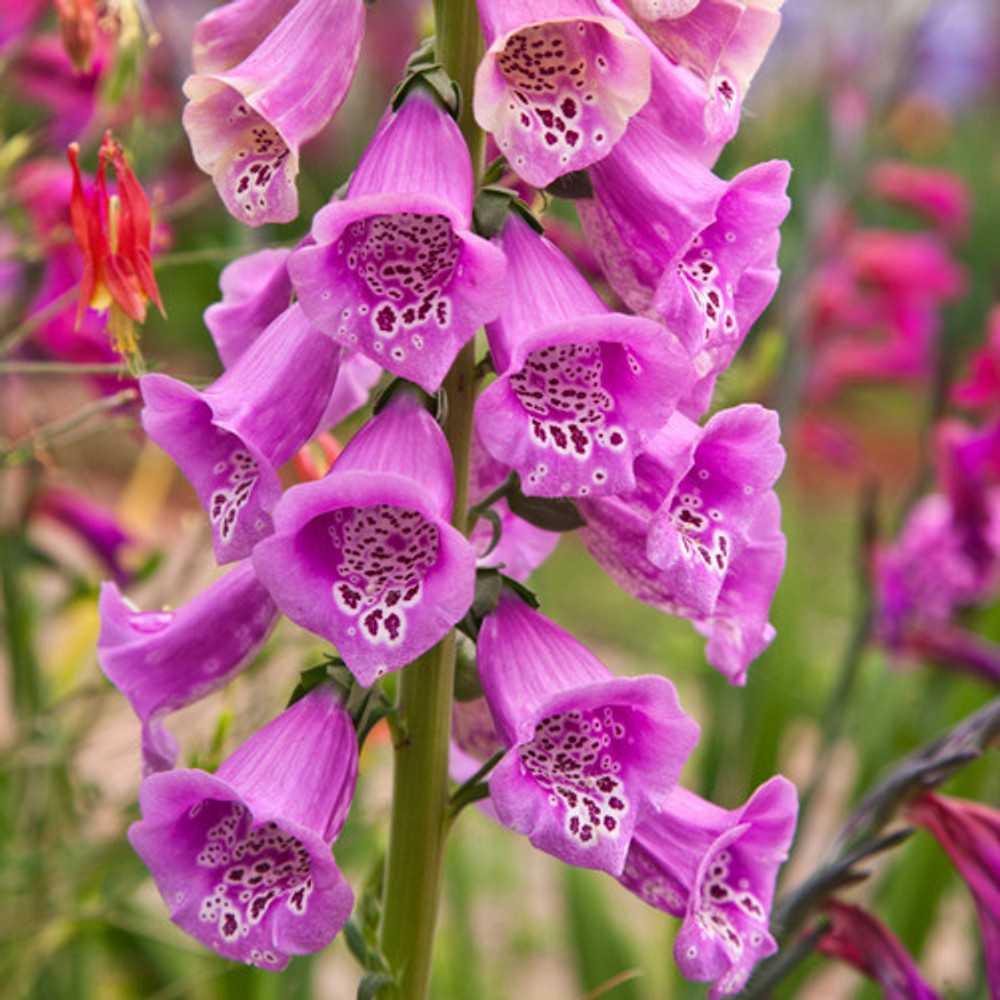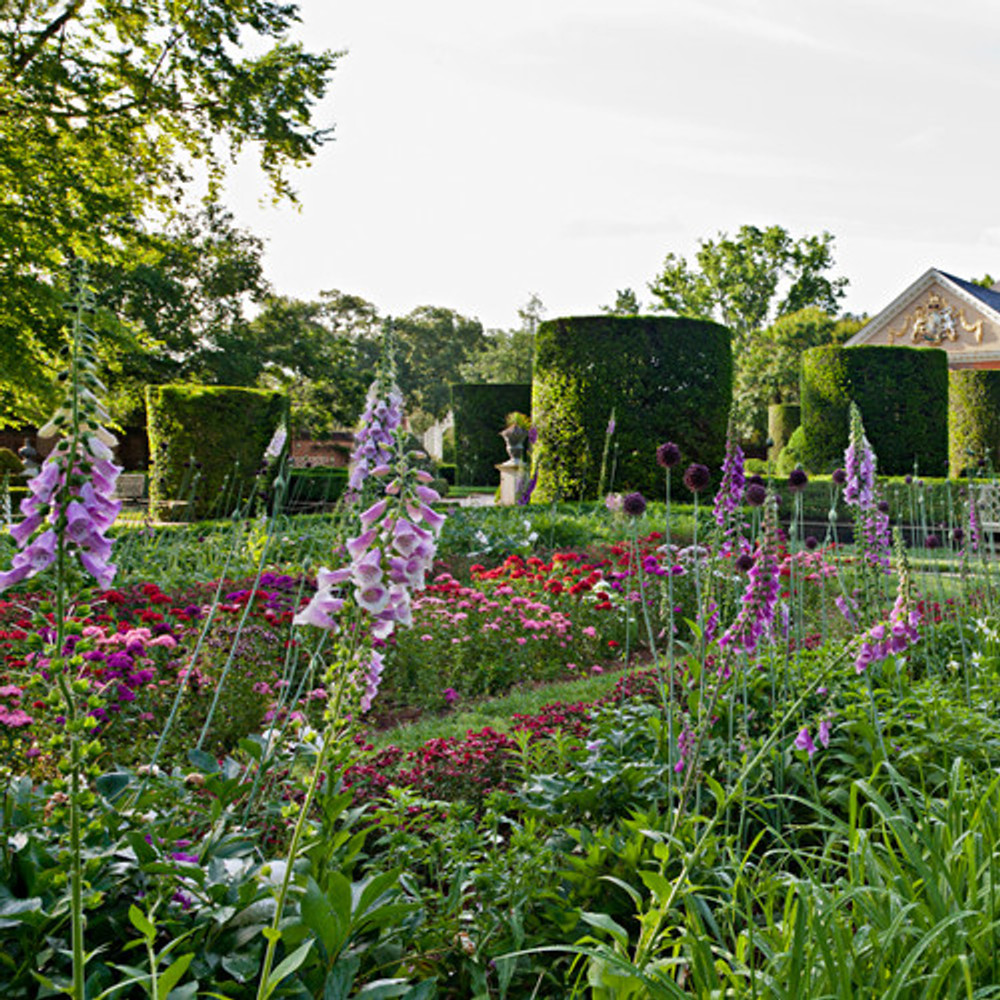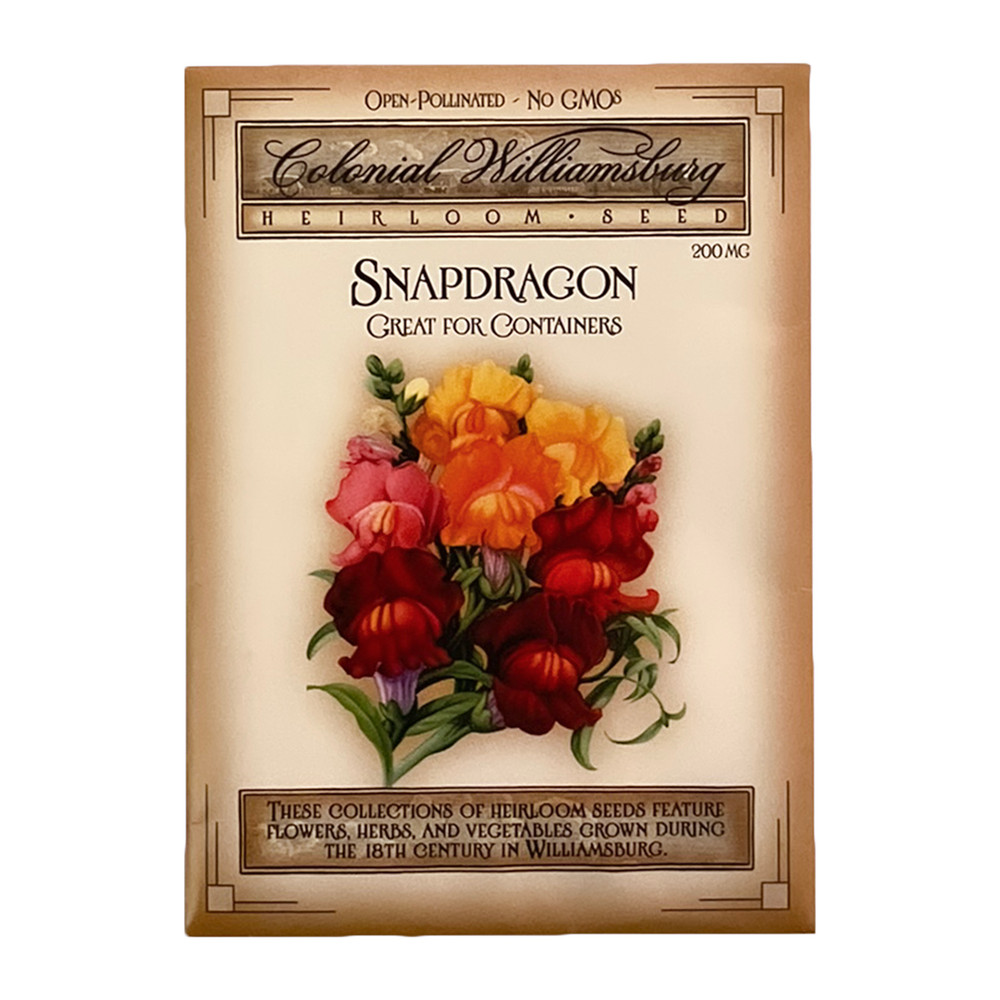Product Description
Early Virginians held great affection for their gardens. Create your very own historically inspired garden with this packet of Rocket Larkspur Seeds. Native to the Mediterranean, this plant was introduced into England in the mid-16th century and into the US in the 1700s where it became a popular cottage garden favorite. Blossoms in purple, pink and white are borne on 1-3 foot plants. Larkspurs will easily self-seed year after year and are best displayed in groups of three or more.
Planting Instructions
FULL SUN – Sow these seeds in spring after the danger of frost has passed or in autumn for beautiful blooms in late June or July. Plant seeds 12 inches apart and ½ inch deep. If planted in early spring, germination will occur in 21-28 days with full maturation happening around 30-45 days.
Features
- Annual Plant, Delphinium ajacis-consolida ambigua
- 200 mg seed packet
- Plant 12 inches apart at a 1/2 inch depth
- 21-28 Days to Germination
- Blossoms in 30-45 days
- Made in the USA
Inspiration
Eighteenth-century Williamsburg was the home of many ardent gardeners and plant collectors who often exchanged seeds with fellow enthusiasts in Great Britain. Gardeners obtained their seeds from store merchants or from traveling seedsmen. Today, the Colonial Williamsburg seed program continues the tradition by offering many varieties grown in the 18th century.
This annual plant was introduced into Britain in the mid-1500s from its native habitat in the Mediterranean. The name, larkspur, probably originated in England and refers to the horn-shaped nectary of the flower which resembles the spur of a lark's claw. Gerard (John Gerard, 1545-1612, author of the definitive horticultural text of the period, The Grete Herball, 1597,) made these notes about the larkspur, "that in England the plant is known as larks spur, larks heel, larks toes, larks clawe, and munkeshoode." Soon after introduction into both Europe and Great Britain, larkspur had naturalized and was frequently seen in cornfields and along the sides of roads.
By 1572, there is evidence of the plant in America and by the 1700's it was a popular cottage garden flower. In the 1900's, the larkspur's popularity waned, but with the recent resurgence of interest in romantic cottage gardens, the larkspur has regained some of its popularity.


